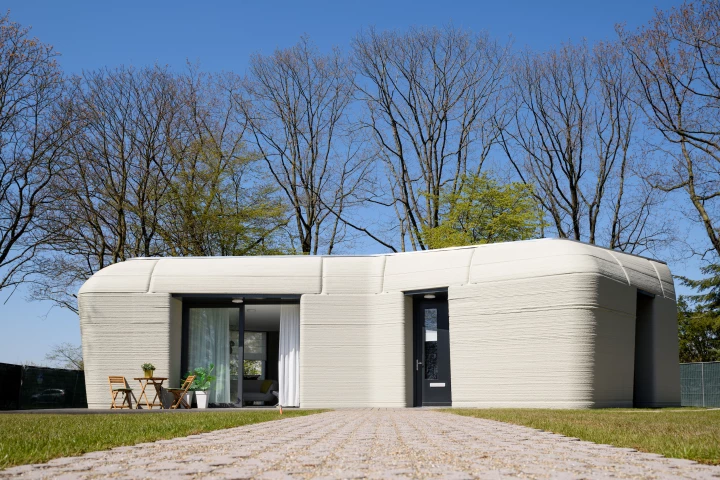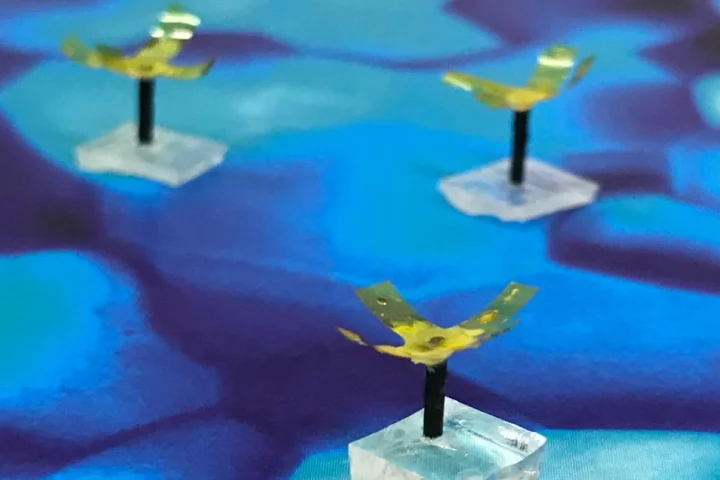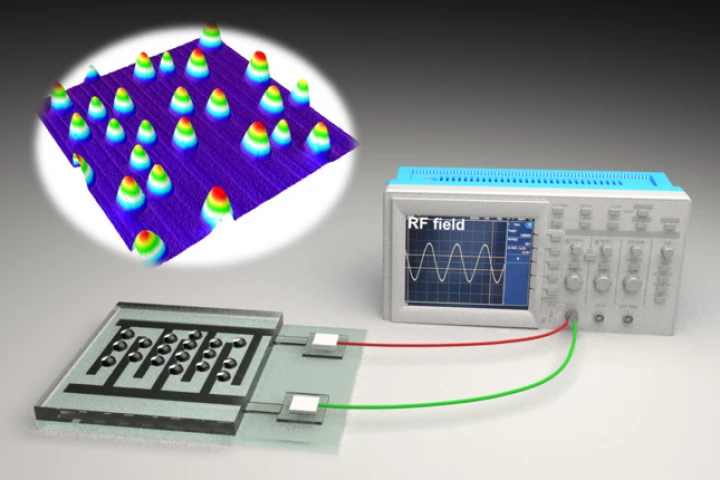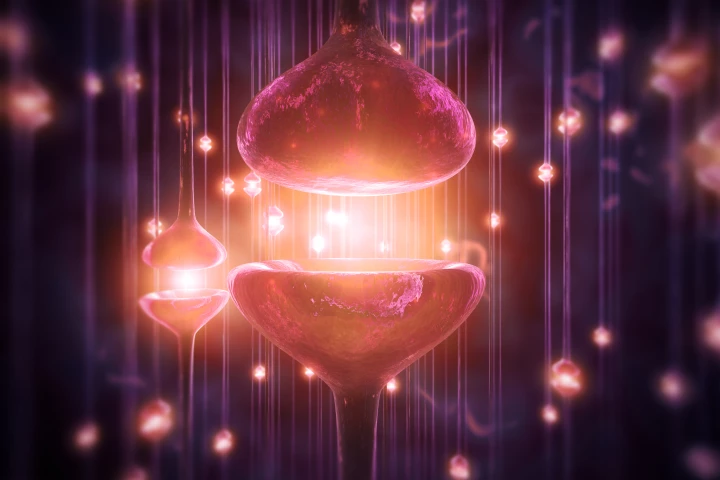Eindhoven University
-
Future data centers might switch to a storage medium that nature has been using for billions of years – DNA. In a major step towards making that a reality, scientists have created a new system of reading and organizing files using microcapsules.
-
3D-printed construction has moved into the mainstream recently and another example of the efficacy of the cutting-edge building technique comes from the Netherlands with what's hailed by its creators as the country's first completed 3D-printed home.
-
A team of researchers at Eindhoven University of Technology in the Netherlands have drawn inspiration from a tiny tentacled marine creature to produce a centimeter-scale robot that is powered by magnets and light.
-
In the not-too-distant future, we may see wound dressings that default to absorbing bodily fluids, while also releasing medication on demand. The same material could allow robots to cool themselves by sweating.
-
Scientists have successfully bridged the gap between organic and artificial. A team has created biohybrid synapses that let living cells communicate with electronic systems, not with electrical signals but with neurotransmitters like dopamine.
-
According to a recent study, between 7 and 17 percent of all epilepsy-related deaths are due to a complication known as Sudden Unexpected Death in Epilepsy (SUDEP). Although SUDEP isn't well understood, it is hoped that a new armband may help stop it in its tracks.
-
Be it fear of striking nerves, major veins or arteries, doctors performing cranial surgery must take great care over many hours. But a new drilling robot built at the Eindhoven University of Technology (TU/e) could help lighten the load.
-
Although EVs are always improving, range anxiety is still a barrier to going electric for many people. Students from Eindhoven University of Technology (TU/e), however, are seeking to allay some of the concerns about EVs by way of an 80-day round-the-world journey on self-built electric motorbikes.
-
Scientists have created a thin polymer film that oscillates when exposed to sunlight, which could be used as a coating on photovoltaic panels in dusty locations such as deserts.
-
A sensor under development by researchers at the Eindhoven University of Technology (TU/e) in the Netherlands takes inspiration from how plants draw water out of the earth. Designed to take medically useful readings from patient sweat, the sensor doesn't require any form of external power.
-
As we reported back in April, a team of students and volunteers is set to build a bridge out of ice that will be strong enough to hold a car. The first group is due to travel to Finland in the next week. If successfully completed, the bridge will be the longest made out of ice ever.
-
TU/e researcher Hao Gao as developed a tiny transmitting temperature sensor that is powered by radio waves, eliminating the need for wires or batteries. Instead, it picks up radio waves from a special router, converts them into electricity, and uses it to transmit readings.
Load More











